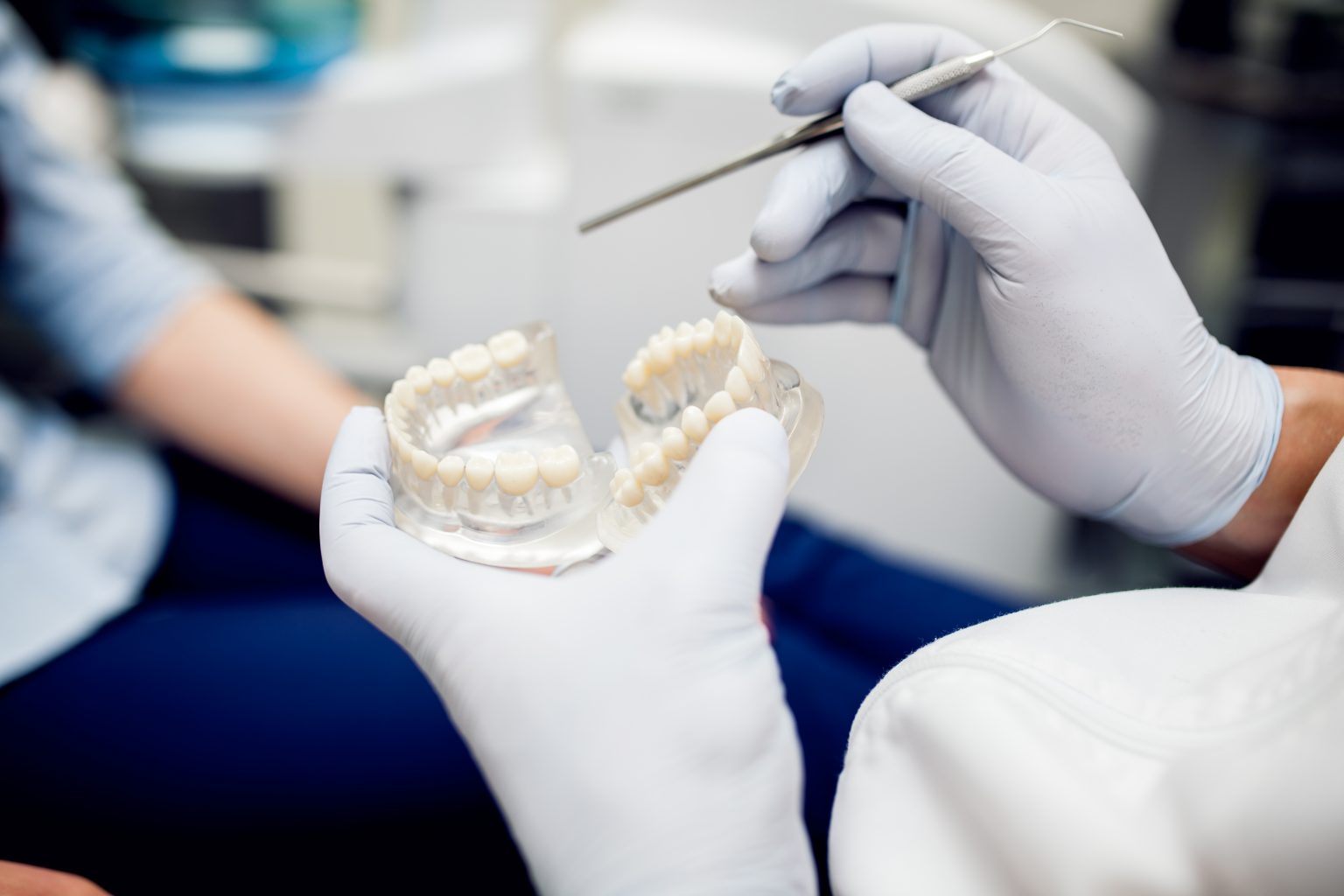Achieving a beautiful and healthy smile is mostly dependent on orthodontic treatment. Patients frequently have to choose the kind of braces and retainers that will work best for them. This manual examines metal retainers and the use of ceramic braces on top and metal braces on bottom, emphasizing the advantages, purposes, and general efficacy of each.
Metal Braces: Crucial for Preserving Your Smile
Maintaining the outcomes of orthodontic treatment is essential to stop teeth from moving back to their original locations. Here’s where metal retainers are useful. What you should know is as follows:
Functionality: The purpose of metal retainers is to keep teeth in their corrected alignment. Usually, they are made out of a strong, thin wire that is clasped around the teeth. They maintain teeth stable during the critical post-treatment phase by applying light pressure.
Durability: The robustness of metal retainers is one of its main benefits. They are a durable option because they are made of stainless steel, which can endure regular wear and tear better than certain clear retainers.
Adjustability: Metal retainers are simply repositioned by orthodontists as necessary. Patients can feel more at ease knowing that their retainer will hold their teeth in place if they start to shift.
Cost-Effectiveness: Compared to clear options, metal retainers are typically less expensive. Their price renders them a sensible option.
Metal Braces at the Bottom and Ceramic Braces at the Top: A Balanced Strategy
Combining metal braces on the lower teeth with ceramic braces on the upper teeth is an emerging trend in orthodontics. This strategy provides a number of special advantages:
Aesthetic Appeal: Ceramic braces are made to match the color of teeth naturally, so they are less obvious. Ceramic braces on top can help patients who are self-conscious about appearance feel more confident during therapy.
Effective Correction: This hybrid technique provides for the aesthetic benefits of ceramic braces without compromising the strength and efficacy of metal braces on the bottom. Because metal braces are often stronger, they can be used to treat difficult dental problems involving the lower teeth.
Comfort and Fit: Because ceramic braces have a smooth surface that reduces gum irritation, patients frequently find them to be more comfortable on their upper teeth. In the meantime, the lower teeth are effectively aligned thanks to the strong design of metal braces.
Customization: To suit each patient’s demands, orthodontists can alter the set of braces. This adaptability guarantees that every patient receives customized care based on their specific dental needs.
Balanced Care: By combining the benefits of metal and ceramic braces, orthodontists may take full advantage of the advantages of each material and provide a holistic treatment plan that takes structural integrity and aesthetic considerations into account.
In summary
Achieving and keeping a healthy smile requires selecting the appropriate braces and retainers. Metal retainers are essential for securing teeth after orthodontic treatment, while ceramic braces with metal on the bottom strike a compromise between form and function. By understanding these alternatives, patients can make informed decisions that correspond with their tastes and orthodontic needs, leading to a confident and attractive smile for years to come.

